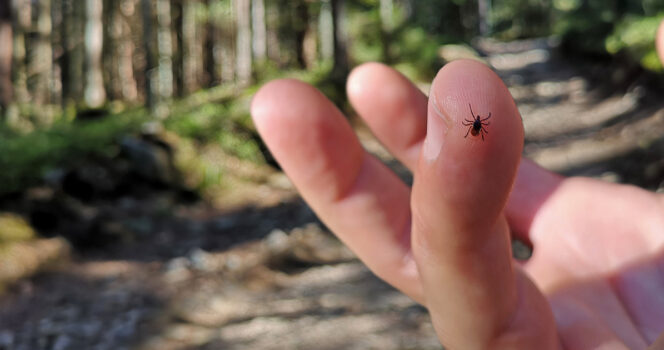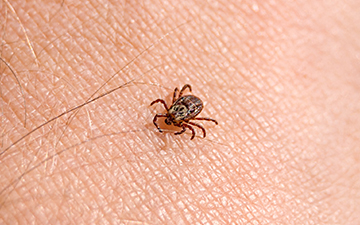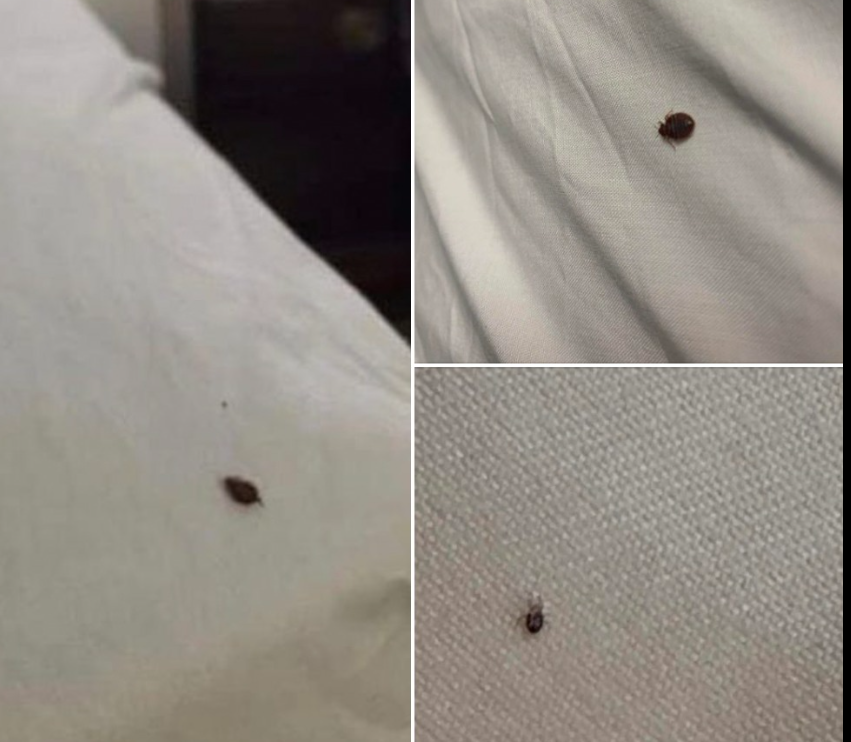Ticks are not just annoying pests—they can pose serious health risks. Unlike other insects that might simply be a nuisance, ticks can carry and transmit diseases like Lyme disease and Rocky Mountain spotted fever. If you find a tick inside your home, taking immediate action is crucial to protect yourself, your family, and your pets.
Understanding how ticks get inside, how to remove them properly, and how to prevent future infestations can help you keep your home tick-free. Here’s everything you need to know.
Identifying the Problem: What Kind of Tick Is It?

Not all ticks are the same. Identifying the type of tick in your home can help you assess the potential risk. Some common types include:
- Black-legged tick (Deer Tick) – Often responsible for spreading Lyme disease.
- American dog tick – Can transmit Rocky Mountain spotted fever and is common in grassy areas.
- Brown dog tick – More likely to infest homes and often hides in pet bedding or furniture.
If you find one tick, there’s a chance others are nearby. Ticks prefer dark, warm places like carpets, upholstery, and pet sleeping areas. If you have pets, they could be the primary carriers bringing ticks into your home.
Immediate Steps to Take When You Find a Tick
1. Isolate the Area
Keep pets and children away from the spot where the tick was found. Ticks can crawl into small crevices, so avoid disturbing the area until you’re ready to remove it properly.
2. Protect Yourself
Wear gloves and long sleeves before handling the tick. This reduces the risk of it latching onto your skin or spreading bacteria.
3. Remove the Tick Properly
- Use fine-tipped tweezers to grasp the tick as close to the skin as possible.
- Pull straight out with steady pressure—do not twist or jerk, as this can cause the head to break off and remain in the skin.
- If the head remains, try to remove it with the tweezers, but avoid digging too much.
4. Clean the Area
- Wash your hands and the bite site with soap and warm water.
- Disinfect the area with rubbing alcohol or antiseptic.
- Dispose of the tick properly by placing it in alcohol, sealing it in a bag, or flushing it down the toilet.
Deep Cleaning to Remove Any Remaining Ticks
Ticks can lay eggs and hide in unexpected places. Once you’ve removed a tick, follow these steps to ensure your home is clear of any others.
Wash Clothing and Bedding
Any clothes, sheets, or blankets that may have come into contact with the tick should be washed in hot water and dried on high heat. This will kill any remaining ticks or eggs.
Vacuum Your Home Thoroughly
Ticks hide in carpet fibers, furniture, and cracks in the floor. Vacuum these areas thoroughly and dispose of the vacuum bag or canister contents outside.
Use Tick Repellents
Natural solutions like vinegar, tea tree oil, or eucalyptus oil can act as deterrents. If you suspect a larger infestation, consider using pesticides designed specifically for ticks or call a pest control expert.
Monitor for Symptoms After a Tick Bite

A tick bite may not seem like a big deal at first, but symptoms of tick-borne diseases can appear days or even weeks later. Watch for:
- A red bulls-eye rash, which could indicate Lyme disease
- Fever, chills, or muscle aches
- Headaches and fatigue
- Swollen lymph nodes
If any of these symptoms develop, seek medical attention immediately. Tick-borne diseases can be serious if left untreated.
Preventing Ticks From Entering Your Home
Once you’ve dealt with ticks inside, the next step is making sure they don’t return. Here’s how to keep your home tick-free.
Keep Your Home Secure
- Seal cracks and entry points where ticks might enter.
- Check pets regularly for ticks, especially if they spend time outdoors.
- Use flea and tick preventatives on your pets as recommended by your vet.
Maintain Your Yard
Ticks often enter homes from outdoor spaces. Keep your yard well-maintained by:
- Trimming tall grass and bushes
- Removing leaf litter and debris
- Creating barriers of gravel or wood chips around your home to deter ticks
Final Thoughts

Ticks are more than just a creepy nuisance—they can be dangerous. If you find one inside your home, take immediate action to remove it, clean the area thoroughly, and monitor for any signs of illness. The best way to deal with ticks is to prevent them from coming inside in the first place by keeping your home and yard well-maintained and protecting your pets from infestations.
Taking these steps will help keep your home safe, clean, and tick-free. Stay vigilant and act fast whenever you spot a tick indoors.If you find ticks inside your home, here’s what you should know


